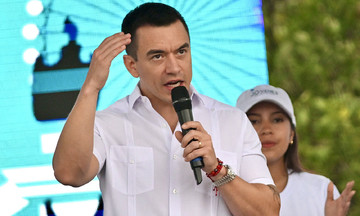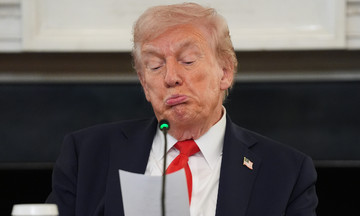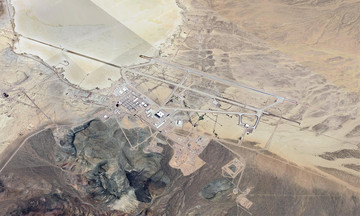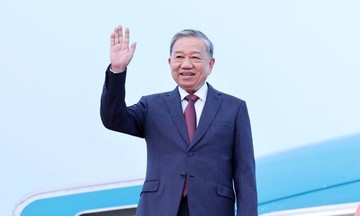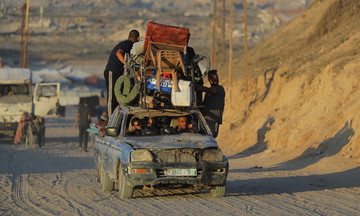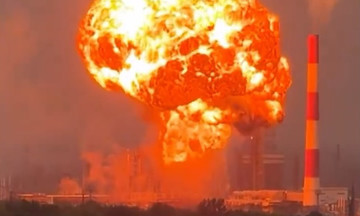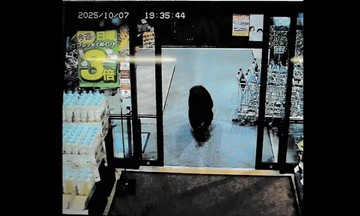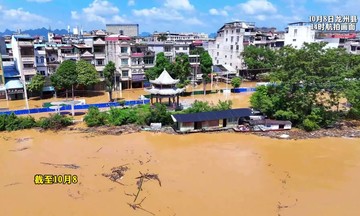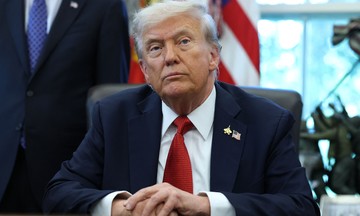Youth-led protests, simmering in Nepal since mid-2025, intensified on 9/9 following the government's decision to restrict social media. The protests quickly evolved into an anti-government movement, with thousands taking to the streets of Kathmandu, setting fire to government buildings, and prompting the resignation of Prime Minister Sharma Oli and numerous cabinet officials.
Among the predominantly Gen Z protesters voicing economic and political demands, a notable group emerged carrying banners calling for the restoration of the monarchy in Nepal.
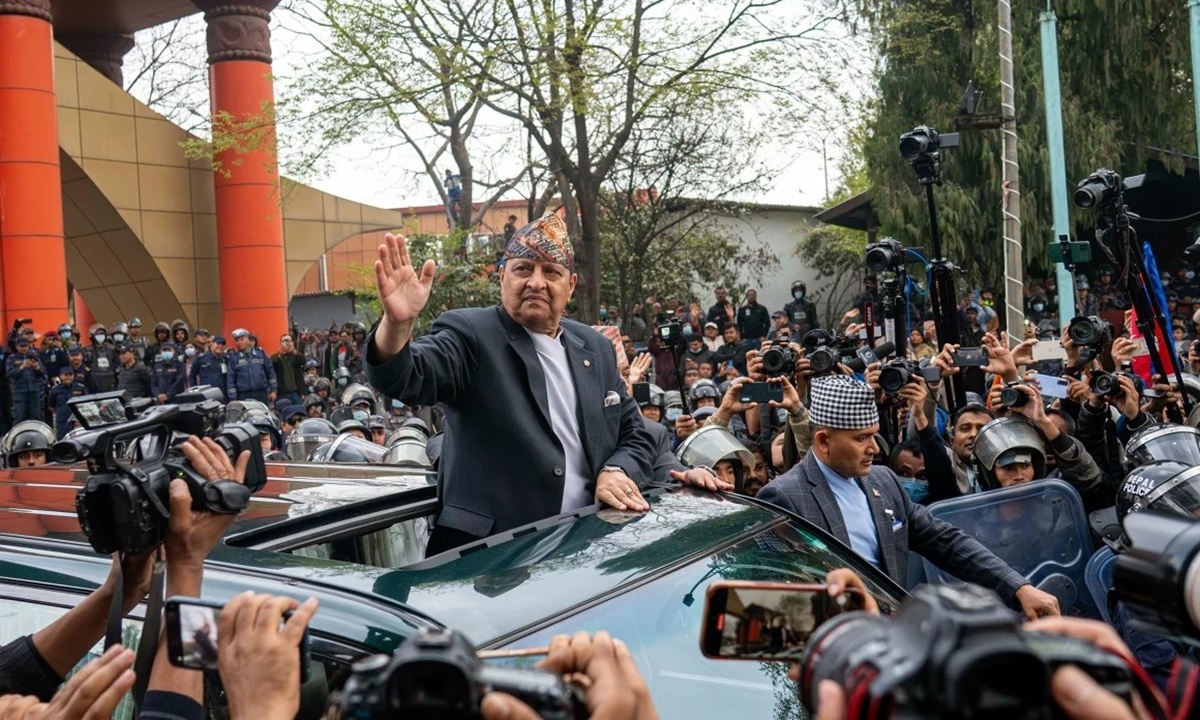 |
Former King Gyanendra Shah waves upon arrival at Tribhuvan International Airport in Kathmandu in March. Photo: AP |
Former King Gyanendra Shah waves upon arrival at Tribhuvan International Airport in Kathmandu in March. Photo: AP
This appeared to be a short-lived dream for Nepal's royalists, as former Chief Justice Sushila Karki, not 77-year-old Gyanendra Shah, was appointed interim prime minister. However, this demonstrates the monarchy's enduring presence in Nepali society and how, amid instability, Gyanendra's influence has grown.
Gyanendra was never destined to be king. He was the younger brother of the more prominent King Birendra. However, one night in 2001, Crown Prince Dipendra, in a drunken state, opened fire during a royal party.
In a shocking incident known as the "royal massacre," Dipendra killed 9 family members, including his parents, brother, and sister, before shooting himself. Dipendra briefly became king while in a coma but died a few days later. Gyanendra, his uncle, became Nepal's third king in quick succession and held power until the monarchy was abolished in 2008.
According to the AP, King Gyanendra held the largely ceremonial role of head of state until 2005. He then seized absolute power, dissolving the government and parliament, imprisoning politicians and journalists, declaring a state of emergency, and ruling through the army.
This absolute rule was short-lived. Massive street protests in 2006 forced Gyanendra to relinquish power. Two years later, parliament voted to abolish the monarchy, establishing Nepal as a federal democratic republic. Gyanendra left the royal palace and became a private citizen.
Despite his abdication, Gyanendra remains a symbol for many Nepalis, especially royalists who see him as representing stability, tradition, and national pride. His recent statements highlight his continued influence on the country’s socio-political landscape.
Over the past few months, calls to restore Gyanendra to the throne and reinstate Hinduism as the state religion have intensified.
"People wanted change and removed the king hoping it would be good for the country, but it has not been, and politicians have repeatedly betrayed the people's trust," said Kula Prasad Bhattarai, a retired laborer who lined up outside the former king's residence in June to show his support.
"Politicians have ruined our country," said another supporter, Divesh Singh Hamal. "We need to bring back the king, or the country will collapse."
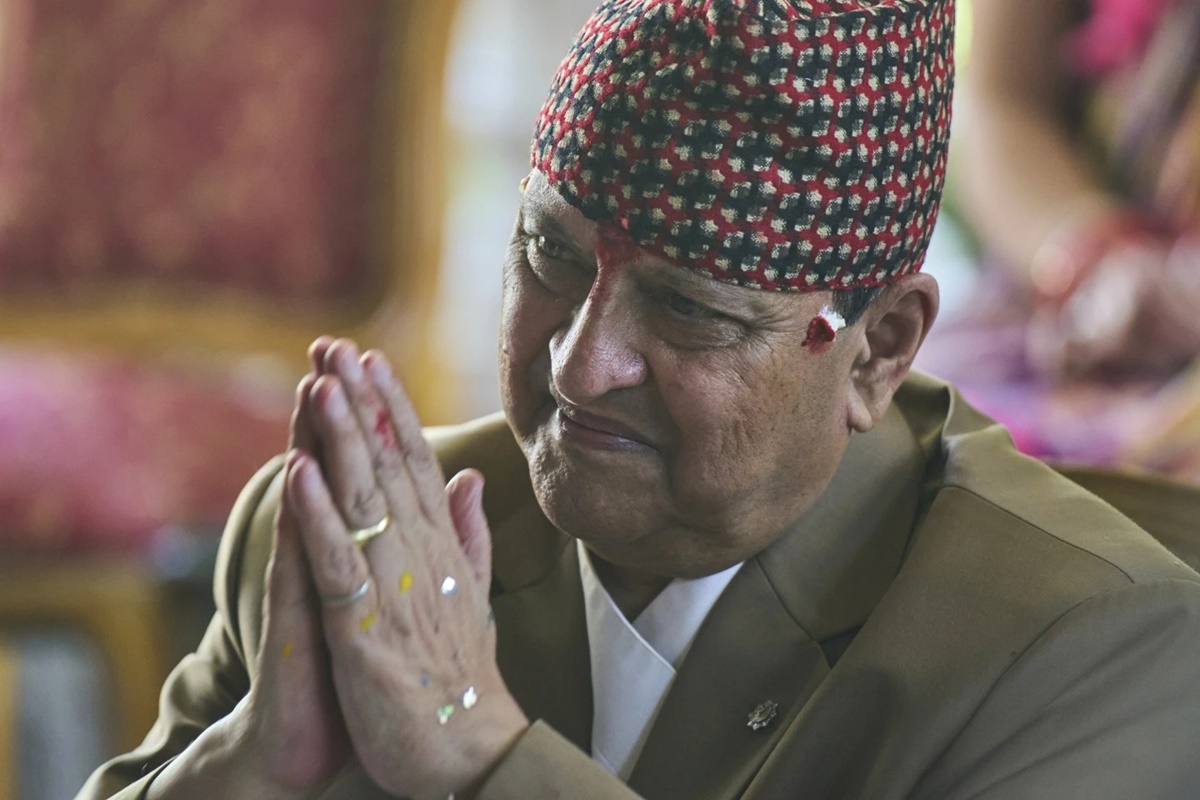 |
Former King Gyanendra at his residence in Kathmandu, Nepal, in July. Photo: AP |
Former King Gyanendra at his residence in Kathmandu, Nepal, in July. Photo: AP
Tens of thousands protested in May, demanding the restoration of the monarchy and Gyanendra's reinstatement. In March, at least two people died when a pro-monarchy march turned violent, with supporters clashing with riot police.
According to the Nepal Times, pro-monarchy posts and videos are increasingly prevalent on social media, stirring nostalgia for a "golden age" of royal rule where Nepal's sovereignty was paramount. The newspaper suggests that young Nepalis are drawn to the idea of restoring the monarchy as a form of protest against current leaders.
During the recent unrest, protesters targeted the parliament building, government offices, and residences of high-ranking officials, but left Gyanendra's residence untouched.
Observers note that even though Gyanendra hasn't actively sought to reclaim the throne, his presence empowers royalist supporters.
"I participated in protests to overthrow the monarchy hoping it would benefit the country," said a 50-year-old Gyanendra supporter. "But I was wrong, and the country has declined, so I've changed my mind."
Gyanendra, largely absent from politics for nearly two decades, issued a rare statement on 9/9 addressing the unrest. He expressed sorrow for the deaths of protesters and urged peace, condemning the violence as contrary to Nepal's peaceful traditions. He echoed protesters' demands for improved governance and economic management, while warning against external forces exploiting the situation.
Vu Hoang (AP, NDTV, Reuters, AFP)



